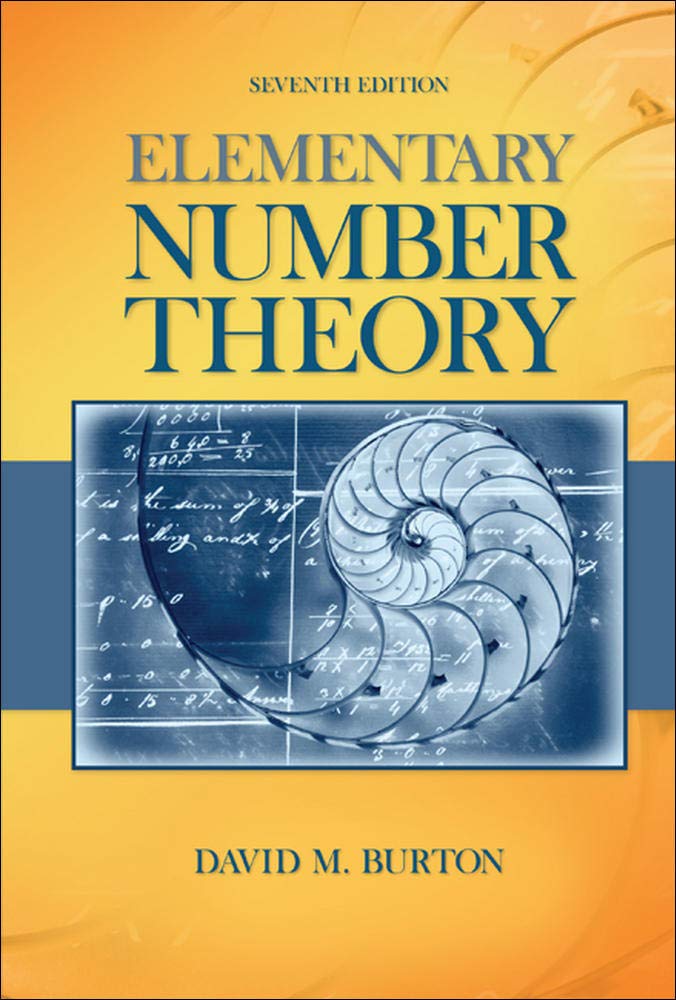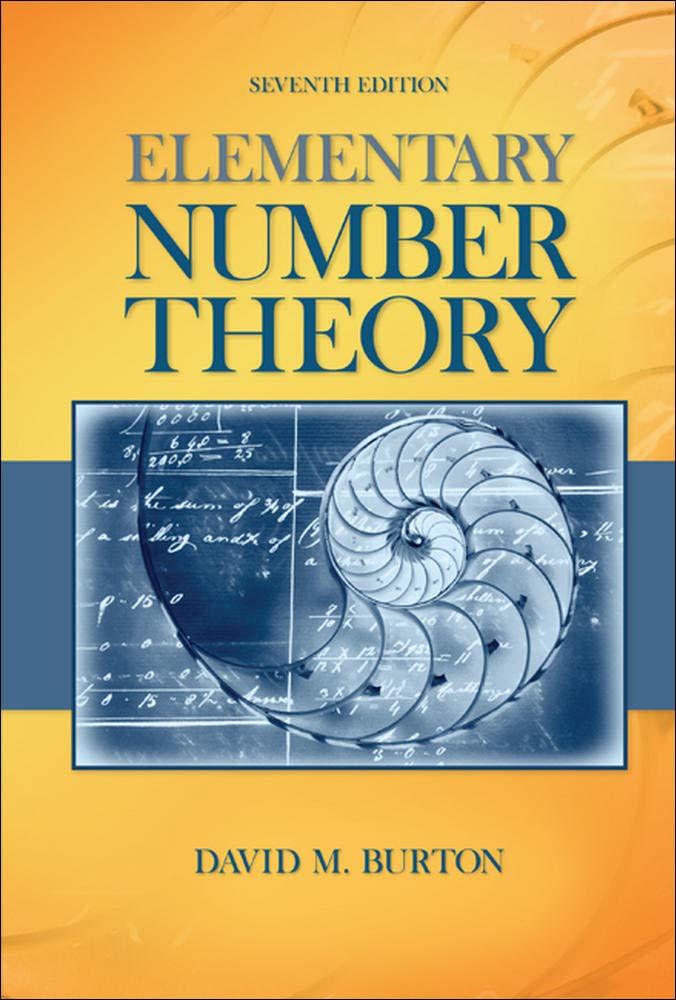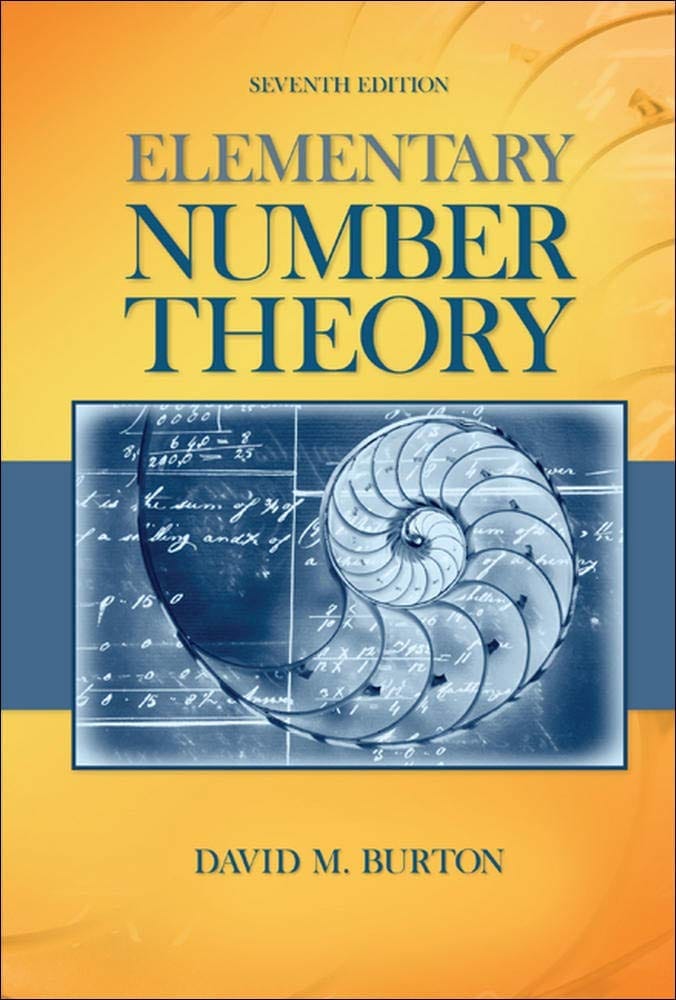
Elementary Number Theory Problems 3.3 Solution (David M. Burton's 7th Edition) - Q9
My Solution for "(a) For $n > 3$, show that the integers $n$, $n + 2$, $n + 4$ cannot all be prime. (b) Three integers $p$, $p + 2$, $p + 6$, which are all prime, are called a $\textit{prime-triplet}$. Find five sets of prime-triplets."
Table of Contents
Background
All theorems, corollaries, and definitions listed in the book's order:

I will only use theorems or facts that are proved before this question. So you will not see that I quote theorems or facts from the later chapters.
Question
(a) For $n > 3$, show that the integers $n$, $n + 2$, $n + 4$ cannot all be prime.
(b) Three integers $p$, $p + 2$, $p + 6$, which are all prime, are called a $\textit{prime-triplet}$. Find five sets of prime-triplets.
Solution
(a)
By Theorem 2.1 Division Algorithm, we can write $n$ in the form of $3k$, $3k + 1$, or $3k + 2$ for some integer $k$. If $n$ is prime, $n$ can either be $3k + 1$ or $3k + 2$.
If $n$ is $3k + 1$, then $n + 2 = 3k + 3 = 3(k + 1)$, which is divisible by $3$. The only prime will be $3$, which is impossible as $n > 3$.
If $n$ is $3k + 2$, then $n + 4 = 3k + 6 = 3(k + 2)$, which is also divisible by $3$. The only prime will be $3$, which is also impossible as $n > 3$.
Therefore, integers $n$, $n + 2$, $n + 4$ cannot all be prime.
(b)
$5, 7, 11$
$11, 13, 17$
$17, 19, 23$
$41, 43, 47$
$101, 103, 107$
Read More: All My Solutions for This Book
Related Pages
Ranblog Newsletter
Join the newsletter to receive the latest updates in your inbox.


